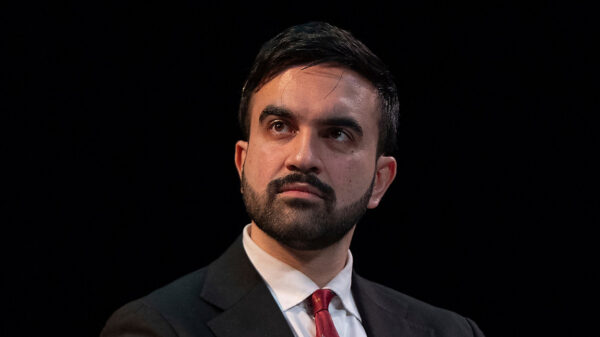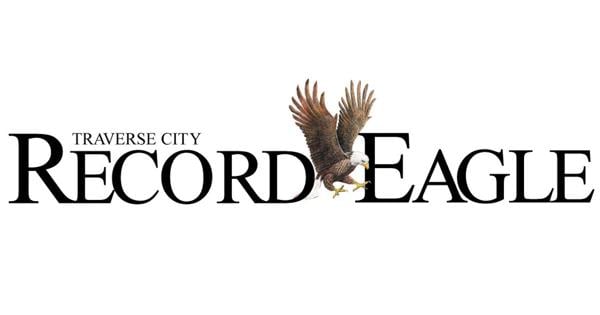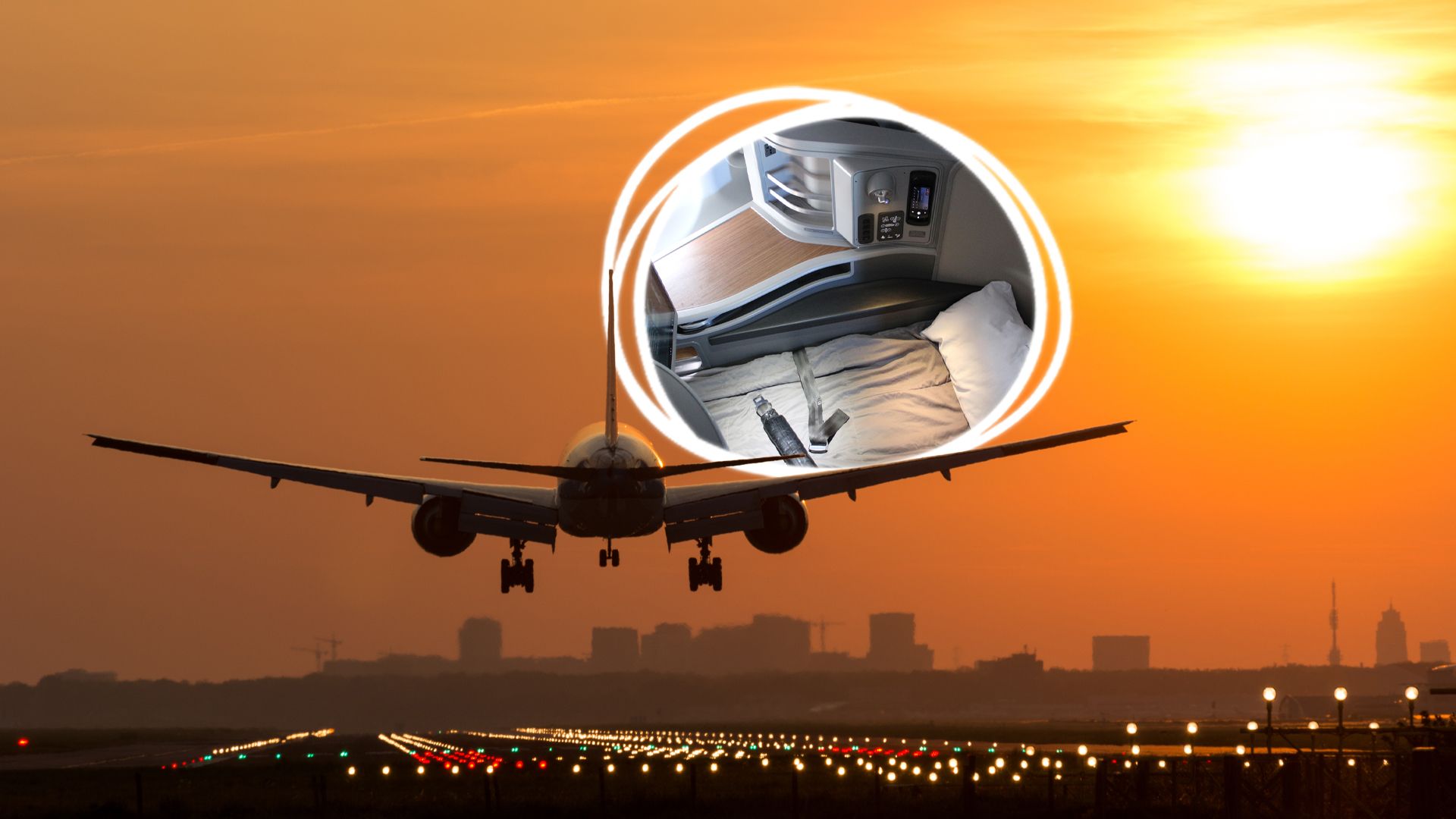The landscape of air travel is shifting dramatically as most major US airlines have chosen to eliminate international first class cabins. This move reflects changing consumer preferences and economic realities, leading to a focus on more profitable business class offerings. While this trend marks a significant departure from the luxury of air travel, it also highlights the evolving nature of passenger demands.
Decline of International First Class
Traditionally, international first class represented the pinnacle of luxury travel, featuring lie-flat suites, gourmet dining, and exceptional service. However, airlines such as Delta Air Lines and United Airlines have phased out their first class products, opting instead for premium business class cabins that deliver a similar experience at lower costs. According to Thrillist, the modern business class now offers elements once exclusive to first class, including flat beds and sliding privacy doors.
The primary reason for this shift is the lack of demand for ultra-premium travel in the US market. Airlines have recognized that the investment in first class does not yield sufficient returns. Business class has evolved to cater to both comfort and functionality, attracting corporate clients who prioritize productivity over luxury. The cost-to-revenue ratio for first class seats is often unfavorable, as they take up valuable cabin space and are not consistently filled.
Economic Factors Driving Change
Several factors influence airlines’ decisions to maintain or eliminate first class. First and foremost is the cost associated with installing and operating first class seats. Research from Islands.com indicates that while some international airlines in Asia and the Middle East retain first class for branding purposes, US airlines tend to prioritize profitability. This focus on financial returns drives airlines to invest in business class, which is more cost-effective and aligns with current market demand.
Another crucial element is consumer behavior. Many business travelers in the US are sponsored by their employers and frequently take short-haul flights that do not necessitate first class amenities. The majority of premium travelers prefer business class, which offers comfortable seating and privacy without the exorbitant costs associated with first class.
As shown in a recent analysis, the seating layout efficiency underscores this reality:
– **Economy Class:** 6–10 seats per row, high revenue per square foot, low installation cost per seat.
– **Business Class:** 4–6 seats per row, medium-high revenue, high installation cost.
– **First Class:** 1–4 seats per row, low-medium revenue, very high installation cost.
This layout demonstrates how first class seats take up significant space without guaranteeing higher returns. For instance, Delta removed its first class cabin from international flights in favor of its Delta One Suites, which have been well-received.
The ongoing financial strain faced by the middle class has also influenced spending habits. Many former first class travelers have now settled for business class or premium economy, opting for comfort without the luxury price tag. In contrast, wealthier individuals increasingly prefer private jets, which offer comparable costs when shared among multiple travelers.
American Airlines and the Future of First Class
Despite the trend, American Airlines continues to offer its “Flagship First International” service, available exclusively on its Boeing 777-300ER aircraft. This product features fully lie-flat seats, high-end dining, and access to exclusive lounges. However, even American Airlines plans to retire its first class offering, transitioning to a new “Flagship Suite” Business Class, expected to debut on its Airbus A321XLR and Boeing 787-9 aircraft.
While American Airlines maintains first class for now, this decision is largely influenced by legacy fleet considerations, specific high-value routes, and branding strategies. Nevertheless, as market dynamics continue to evolve, the future of first class on US airlines appears uncertain.
Replacement Options and Market Alternatives
As international first class diminishes, a new breed of business class is emerging, often indistinguishable from previous first class offerings. Airlines like Emirates, Singapore Airlines, and Air France still provide first class on select aircraft, primarily catering to wealthier demographics and high-profile travelers. These airlines operate within markets that sustain demand for ultra-premium services.
However, many travelers now find that modern business class meets their needs, offering upgraded features and amenities. Passengers are increasingly satisfied with premium business class experiences, which often include lie-flat beds, enhanced dining, and exclusive lounges. This shift in consumer sentiment has guided airlines toward investing in high-quality business class offerings, as seen with United’s Polaris and Delta’s Delta One Suite.
As the commercial airline industry adapts to new consumer preferences, the notion of first class is likely to remain a relic of the past for US airlines. While niche carriers may experiment with first-class-only aircraft, the broader market has firmly transitioned to business class as the standard for comfort and efficiency. For travelers, this means that luxury and comfort remain accessible, albeit under a different name.
Looking ahead, it seems unlikely that first class will stage a comeback in the US airline market. Instead, airlines will continue to refine their business class offerings, ensuring that passengers enjoy a premium experience without the traditional first-class label.




































































